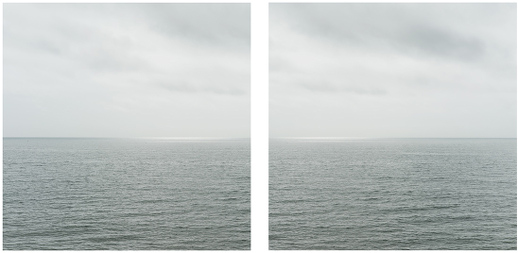By Brian David Stevens
14. Devon
Brighter Later is a journey around Britain looking out to sea from each coastal county.
If you’ve ever seen old footage of a steam train travelling along a sea wall, right next to a beach as holiday makers put down their briar pipes, stir from their deck chairs and wave happily to passing travellers, well that’s where I am. Except it’s not the 1930s, and it’s raining. Dawlish in Devon is the site of today’s Brighter later.
Devon is a county lucky enough to have two coastlines (north and south) and I’m on the south coast heading along the sea wall. The sea wall is one of Isambard Kingdom Brunel’s masterpieces of engineering, originally opened by the South Devon Railway Company, running from Exeter St Davids railway station to Teignmouth railway station on 30 May 1846 and still in use today on the mainline between Paddington and Penzance. With it’s exposed location it’s one of the most expensive to maintain, costing around £500,000 annually.
The coast here is a wonderful vulnerable place to be, inspiring Edward Thomas to write in his poem The Child on the Cliffs:
‘Fishes and gulls ring no bells. There cannot be
A chapel or church between here and Devon,
With fishes or gulls ringing its bell, – hark! –
Somewhere under the sea or up in heaven.
‘It’s the bell, my son, out in the bay
On the buoy. It does sound sweet to-day.’
After half and hour or so’s wait the sun breaks through the greyness, lighting up a section of the sea like a searchlight and that’s my picture.
The complete set of Brighter Later can be seen here
